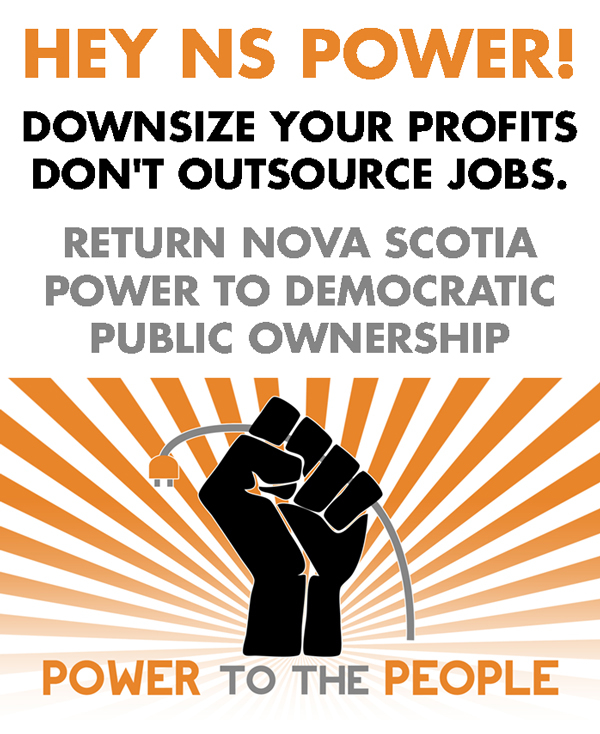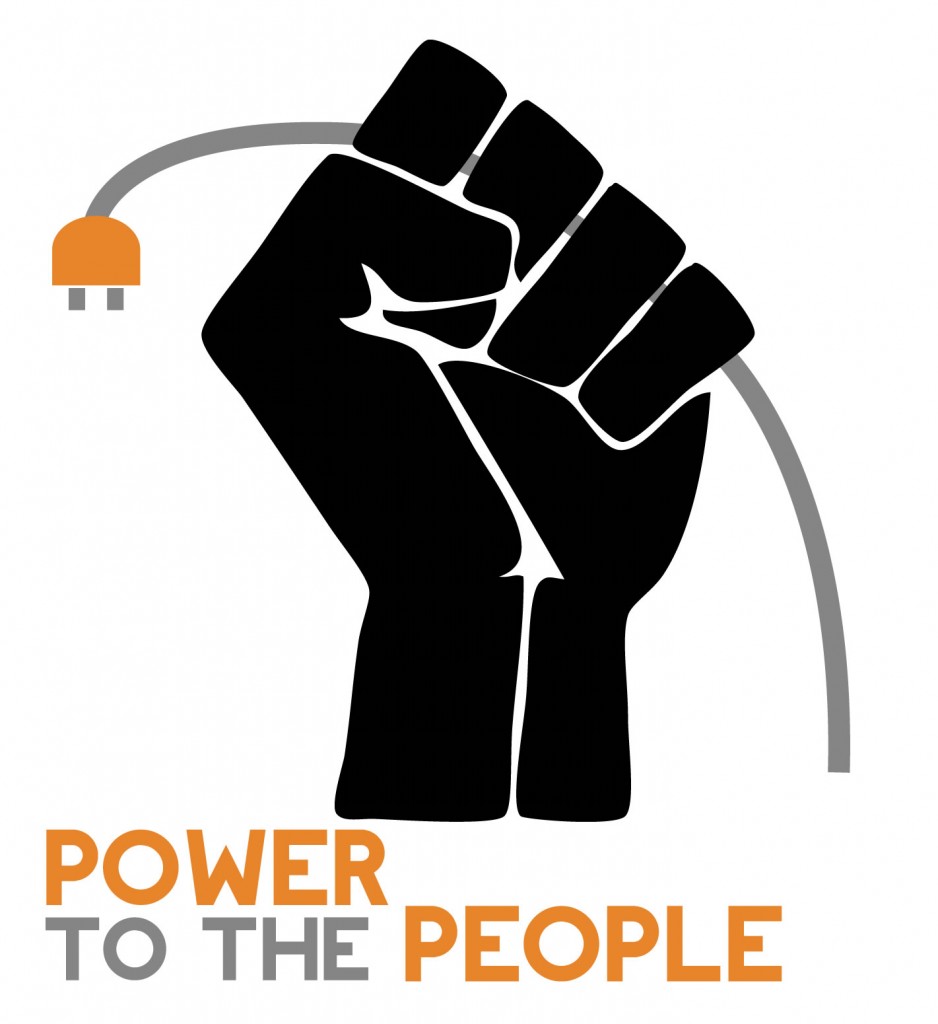Solidarity Halifax member Ben Sichel says fight poverty and privatization to improve education. Ben is a teacher in Dartmouth and lead author of the P-12 education section in the Canadian Centre for Policy Alternatives-Nova Scotia’s Alternative Provincial Budget.
Originally published in the Chronicle Herald. Visit Ben’s blog at noneedtoraiseyourhand.wordpress.com
Two opinion pieces in a recent issue of the Chronicle-Herald, one an editorial and the other by Paul Bennett, spoke of the difficult learning conditions in some of Nova Scotia’s most impoverished neighbourhoods. Both are to be commended for highlighting the clear connections between poverty and school success (Be bold first in education, Radical intervention for faltering schools; both April 19).
But in the Ivany-report-inspired rush to “be bold,” we should be cautious about some of the solutions proposed.
For example, Paul Bennett, an author with the business-friendly Atlantic Institute for Market Studies (AIMS), says Barack Obama has “blazed the policy trail” in education with initiatives to lift urban neighbourhoods out of poverty.
But he ignores the fact that Obama’s education “reform” agenda has been opposed by a large, and growing, movement of teachers, parents and students across the United States, for a simple reason: it doesn’t work.
The “Promise Neighbourhoods” initiatives Bennett references, which offer “cradle-to-career services” to needy families, are indeed regarded positively by just about everyone. But education historian Diane Ravitch notes that the funds allotted to the small number of neighbourhoods with this program are “a tiny drop in the bucket” compared to the millions the U.S. pours into harmful high-stakes standardized testing and corporate curriculum streamlining via the Common Core state standards.
A distressing pattern has emerged in poor neighbourhoods throughout the U.S.: public schools are starved of funds for years, then declared “failing schools” when their students fail to score highly on standardized tests; and finally, replaced by semi-private, sometimes for-profit, charter schools, which research shows often perform the same or worse as public schools.
In North Dartmouth, the group of parents trying to improve literacy rates is doing what good parents do — advocating for anything that might help their children succeed.
But pushing for a commercial literacy program to be brought into a public school is most likely a misguided approach. Public education is public for a reason — it is created by, monitored and implemented by people accountable to the public. It is not motivated by profit.
Even more importantly, as long as poverty is a factor in children’s lives, all evidence points to the fact that those children’s performance in school will suffer. More than pedagogy, curriculum, or even class size, poverty is the main indicator of how well children do in school.
It’s often said that a good education will help lift children out of poverty. In fact, the reverse is more often true: not living in poverty allows children to do well in school.
Low literacy rates in low-income areas aren’t a curriculum issue or a pedagogy issue. They’re a social justice issue. Reducing poverty rates (and improving literacy) requires more than a new reading program or even better social services. It means actively working for policies that fight income inequality, like a higher minimum wage, stronger labour laws and restoration of federal and provincial corporate tax rates to fair levels. Education doesn’t happen in a vacuum.
Much media attention is paid to test scores because they’re easily reported on and understood. But basing major education policy decisions on standardized test scores is unhelpful. Test scores in one or two subject areas give but a very limited idea of what happens in the complex life of a school.
“Wrap-around” youth service programs make an important difference to communities, but these should be incorporated as part of our public education system, not led by private interests as Paul Bennett suggests.
What if we made sure every school had the resources it needs to deliver a rich, varied curriculum for kids’ full development, like the ones at the best private schools (where, incidentally, Mr. Bennett spent most of his own educational career)?
What if, instead of ranking schools like Fortune 500 companies — as AIMS does every year — we looked at the value of neighbourhood schools not just for teaching the three R’s, but as hubs of their communities?
What if, instead of shaming a school and its staff in the media because of its standardized test scores, we treated teachers as professionals, paid attention to the countless research studies explaining how poverty affects school performance — inadequate nutrition and health care, less access to extra-curricular activities, higher stress levels, the list goes on — and took real action to end poverty and reduce inequality?
Now that would be bold.
Note: Articles published by Solidarity Halifax members do not necessarily reflect positions held by the organization.

